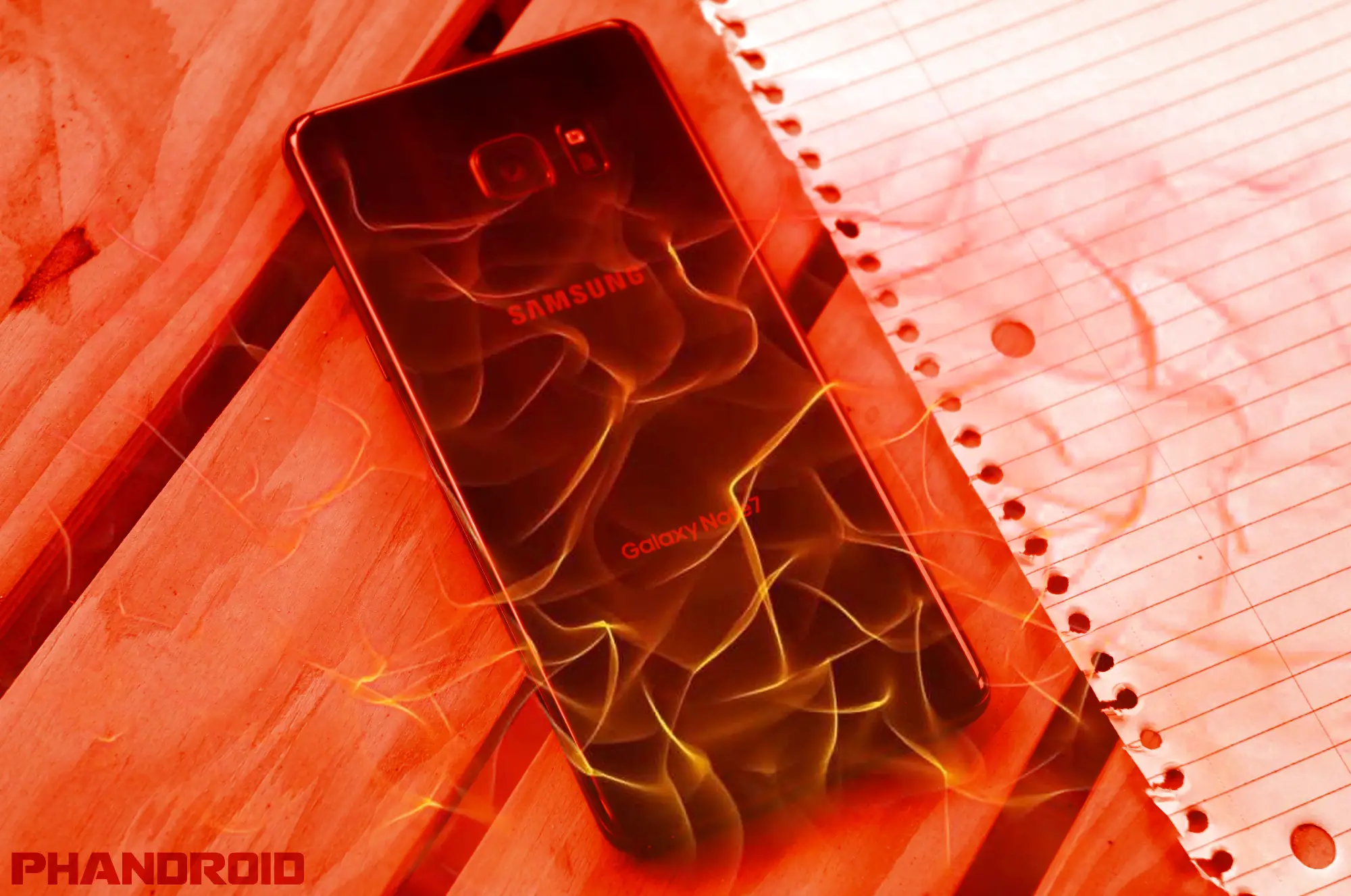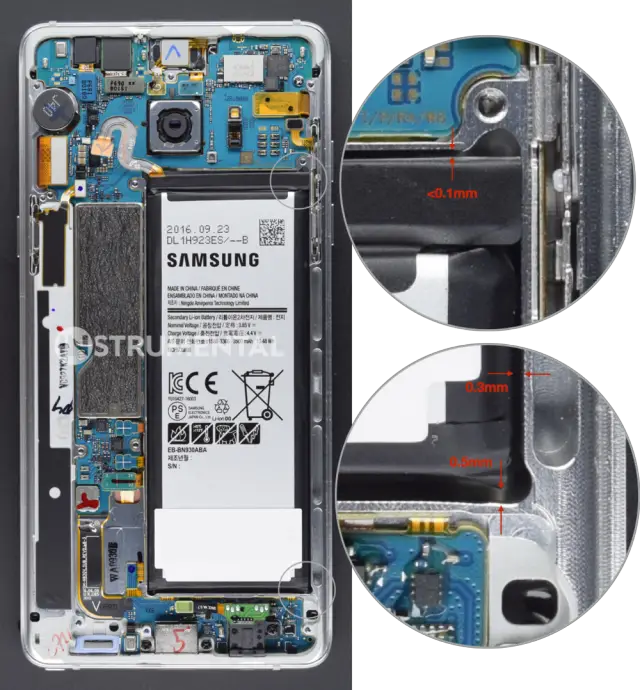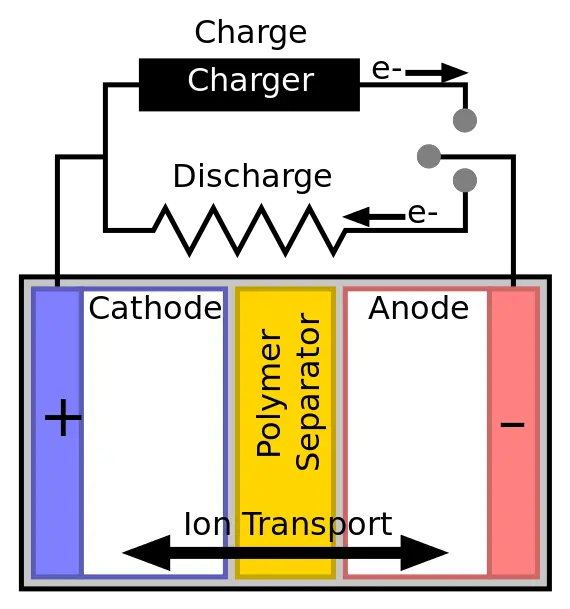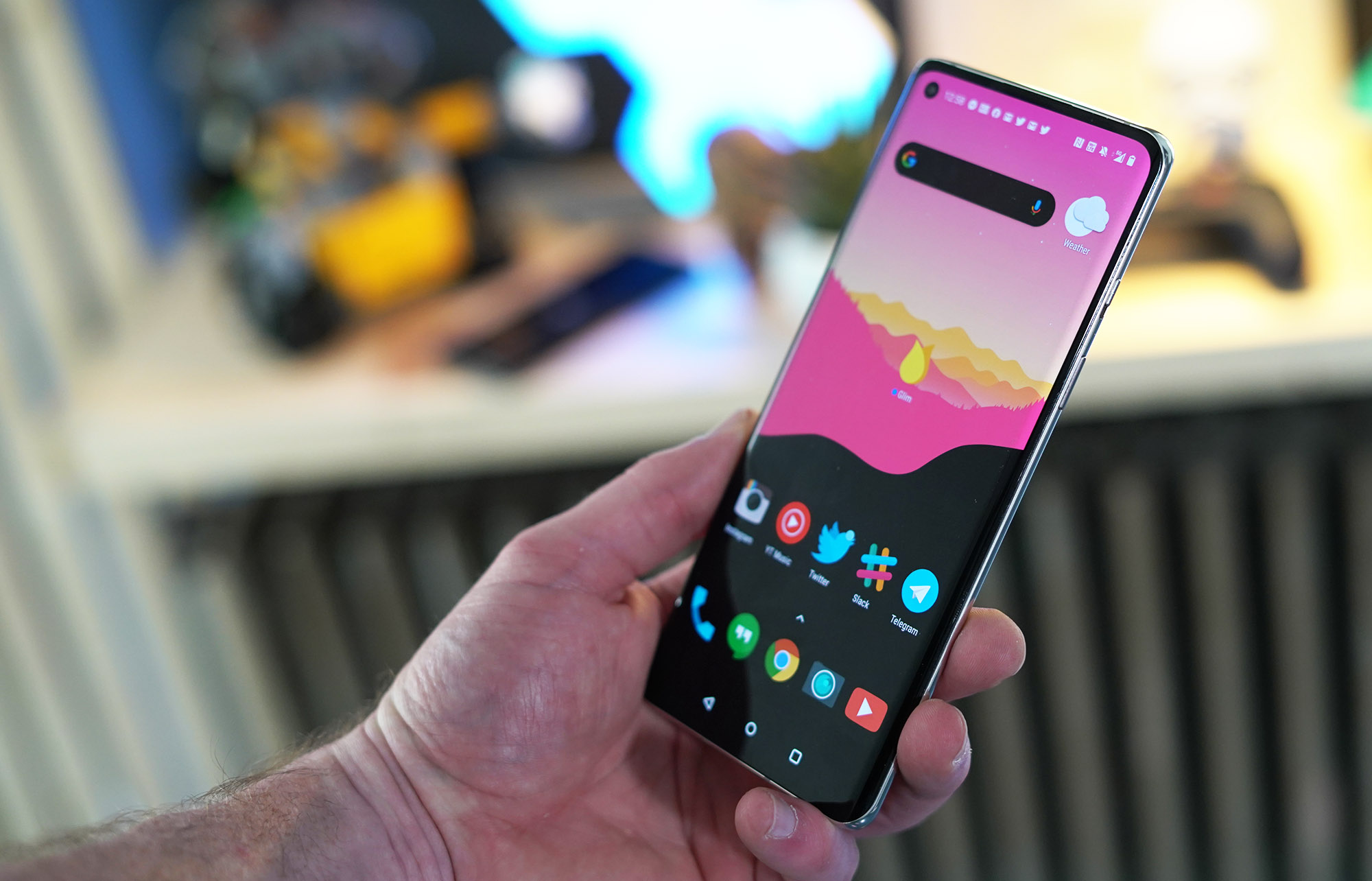There’s been a major shift of design focus in the smartphone industry. “Thin is in” is the trend, and it’s clear to see why: the future vision for technology is to make tech work for you without it getting in your way.
We’re a long way away from a “think of the person you want to call and you will call them” type of future, so companies have been trying to stay out of the way by making their phones lighter and thinner.
For Samsung’s failed Galaxy Note 7, its downfall could have been that it was simply too thin. A group of engineers at Instrumental examined the Galaxy Note 7 and noted that the company attempted an extremely thin margin for the device’s battery bay, so much so that they’d consider it “dangerously” thin.
The reason this matters is because a battery needs certain margins to allow it to slightly expand over its life cycle, as the action of ions flowing through the battery to recharge its usable capacity causes it to swell. Their suspicion is that the battery simply didn’t have room to swell, and so the polymer separators in the battery — which separate the positive and negative electrodes — might have squeezed and allowed the chemicals to touch (which, you guessed it, can result in an explosion).
While we can’t be certain of this analysis, it does seem to explain why Samsung was having continuous battery issues after using new components from several different product chains. The problem might not have been the actual batteries after all.
It’s said Samsung could have either used a slightly smaller battery or designed the phone to give it more room to breathe inside, but that obviously goes against their goal of making the Galaxy Note 7 last just as long as previous models while still somehow coming in at an extremely thin form factor.
If it really came down to the device’s chassis, then we imagine Samsung won’t be trading product safety and quality over for good looks in the future. Add a bit more girth (or a bit less battery) in the future to ensure you don’t make a $3 billion mistake again. And really, how slim do these things need to be, anyway?
[via Instrumental]













Comments